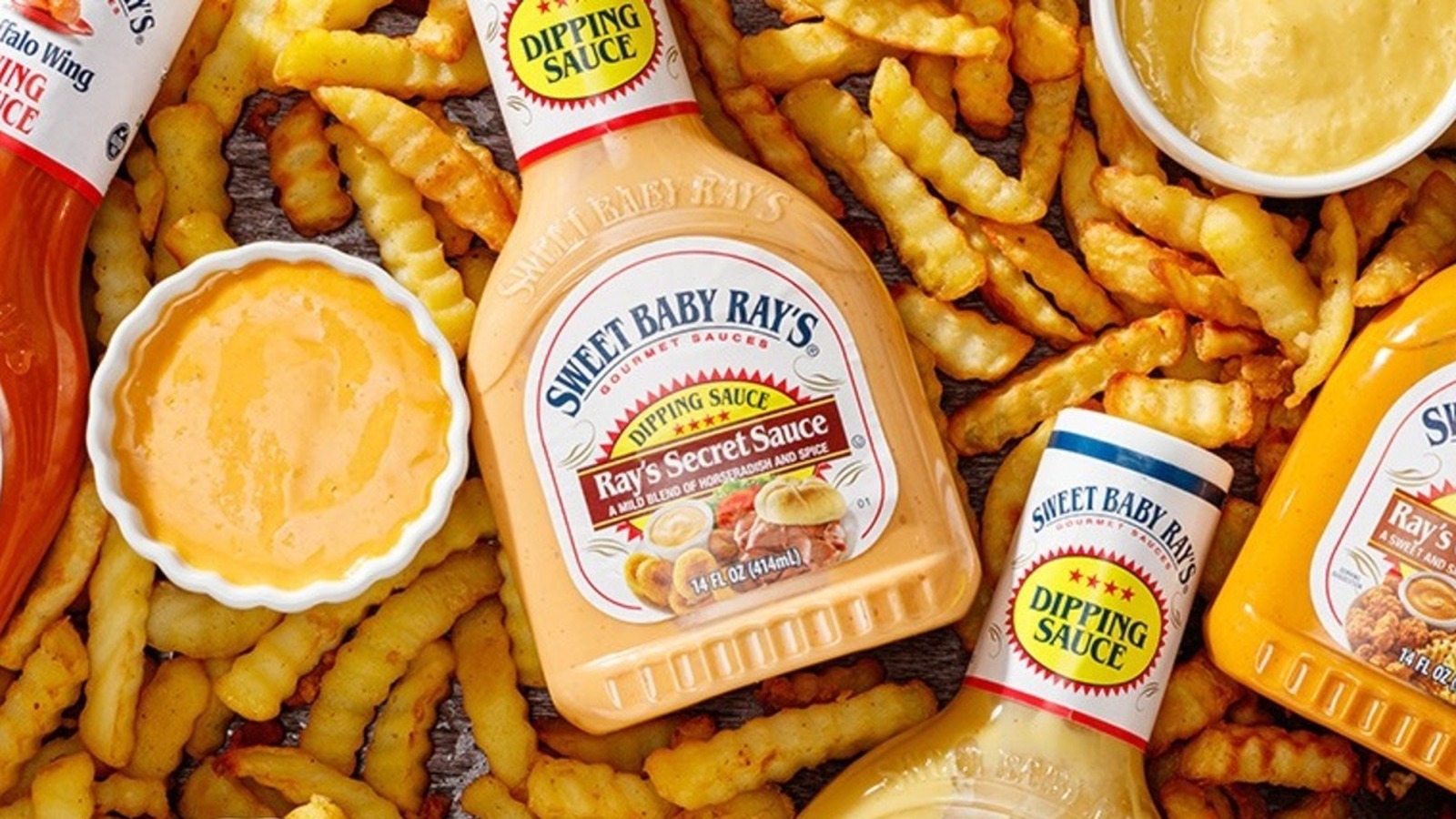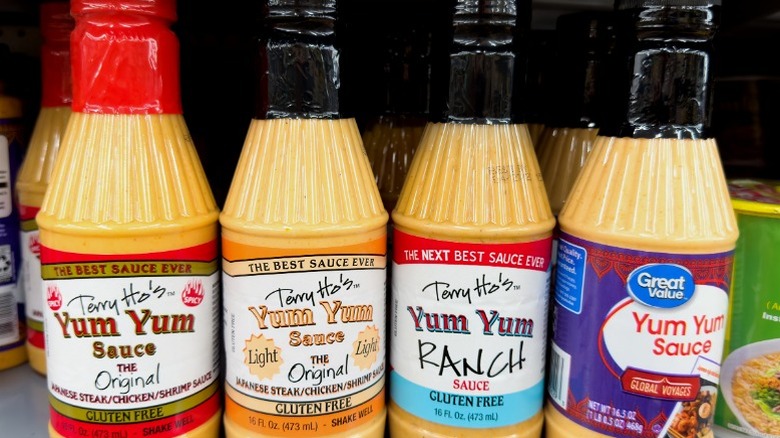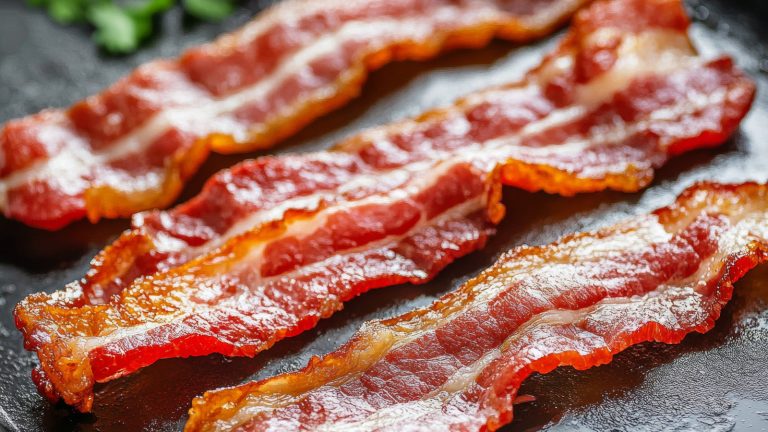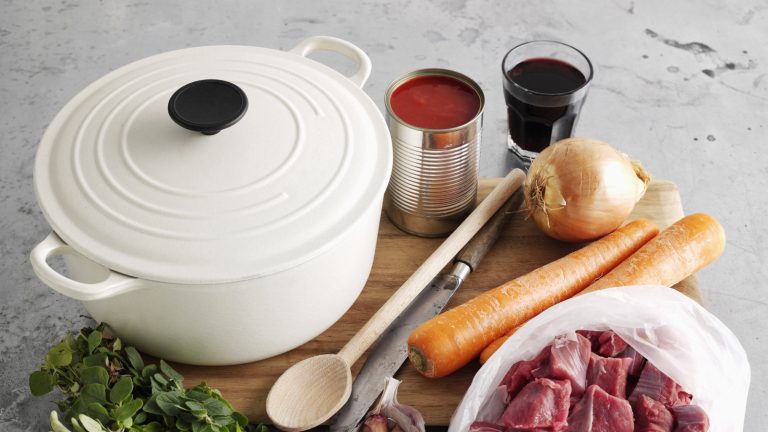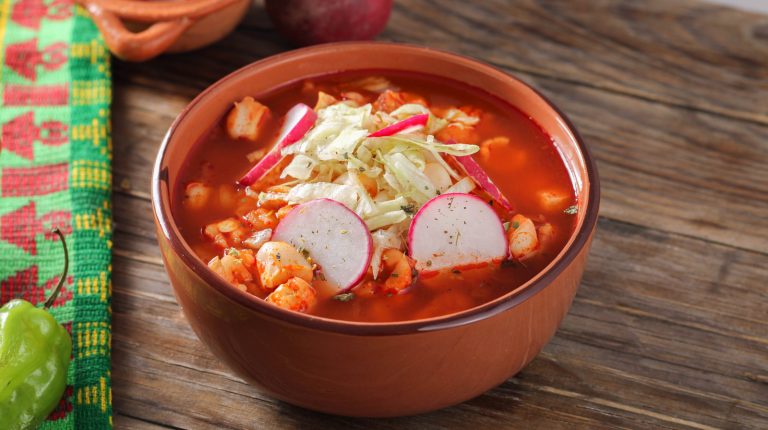Sweet Baby Ray’s is a go-to barbeque sauce brand, but its capabilities lie far beyond smokehouse grills. Ray’s Secret Sauce is a hit for anything from deli subs to fried chicken. The zesty twang, spices, thickness, and vibrant orange color may seem familiar, and you wouldn’t be amiss to compare it to a different sauce you’ve tried before. Ray’s Secret Sauce shares a lot of its charm with the Yum Yum sauce you’ll see in American Japanese steakhouses.
These two sauces share several of the same ingredients, and it’s because a restaurant “special sauce” is almost always the same thing: some distant relative of Thousand Island dressing. Mayonnaise-based sauces, containing egg yolks and vinegar, make for creamy and tangy condiments that balance the flavors of salty meat and vegetable dishes. Burger King’s Zesty Sauce, Zaxby’s Zax Sauce, and McDonald’s Big Mac Sauce all use soybean oil, egg yolks, and distilled vinegar.
Sweet Baby Ray’s Secret Sauce and Yum Yum sauce share this common DNA, along with mustard seed, paprika, garlic, and salt. These ingredients have an umami quality that helps meat taste, well, “meatier.” Either could become the only steak sauce you’ll ever need in your fridge, and both were invented to go with grilled meats.
Barbecue just isn’t the same without these sauces
The main separations between the Ray’s and Yum Yum sauces are their spicy components. Ray’s uses horseradish, which is a member of the Brassicaceae plant family that includes wasabi, mustard, and several bitter leafy greens. Horseradish is an overpowering ingredient by itself, but when diluted and mixed with fats, it gives the sauce a sour undertone. Yum Yum sauce gets its spice from hot sauce made from cayenne peppers and quells the heat with the addition of sugar and tomato paste, making it sweeter than Ray’s Secret Sauce. These ingredient differences also suit them to different styles of barbecue.
Yum Yum sauce is a common sight at American Japanese teppanyaki restaurants. Though often associated interchangeably with hibachi restaurants, as it features a chef cooking on a griddle in front of patrons, teppanyaki is considered a more intimate table-side service rather than an interactive show. Interestingly enough, Yum Yum sauce is not a Japanese invention at all. Unlike Sweet Baby Ray’s, it’s actually a Southern sauce. Terry Ho, a Taiwanese immigrant, came up with the commercial Yum Yum sauce recipe in his Hibachi Express restaurant outside Albany, Georgia. Sweet Baby Ray’s got its reputation from a barbecue competition in Chicago, where founder Larry Raymond beat 700 contestants with his original barbecue sauce. Ray’s and Yum Yum sauces were both created with the intention of being paired with smoky grilled meats, with one for American barbecuing and the other for teppanyaki.


